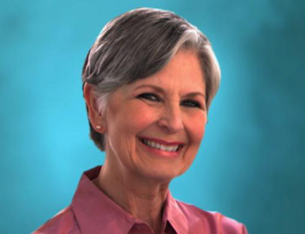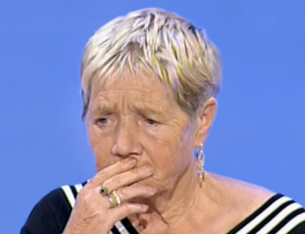The Media Disconnect
Video director Carl Burgess’ work takes on mass media

“Art in advertising? Why would anyone do that after Warhol?” The joke may come from the most recent episode of Mad Men, but the punchline is just as clear in Carl Burgess’ video for “Drugs“—Ratatat’s latest single off their album LP4. Composed solely of stock footage typically reserved for the likes of corny law firm or pharmaceutical commercials, Burgess points to the absurdity of these kinds of images. Editing strategically distorting them at moments (with effects familiar to anyone who’s ever used Apple’s Photobooth) suggest how quickly the mundane turns sinister—well, at least in the eyes of the drugged.
Directed by Carl Burgess, the video is a continuation of his media scrutiny, demonstrating how people are more addicted to the melodramatic characters in the commercials than to drugs (a point SNL recently made with their Sally Fields skit). His slippery-slope outlook also extends to the media’s obsession with beauty. For example, his video “A Turn For The Worse” chronicles a muscle man’s fall from perfection, suggesting the perilous journey in seeking ultimate allure.


In his series of portraits excerpted from commercials, called “Trapped In Infinite Politeness,” Burgess states that when “Isolated from the bad ads in which they appear, the forced cheer of actors becomes an eerily compelling study of falseness.” Showing how these characters mock real emotions is his silent video “Talk Show,” which portrays how the media could easily utilize a less-attractive set of frames for the stock footage in their commercials.
Finally in “Advanced Beauty,” Burgess removes people all together for a clear statement on the definition of beauty. The abstract animation symbolizes how beauty is an evading concept, and that perfectly-proportioned bodies or drug-induced happiness will not lead to ultimate pleasure.












